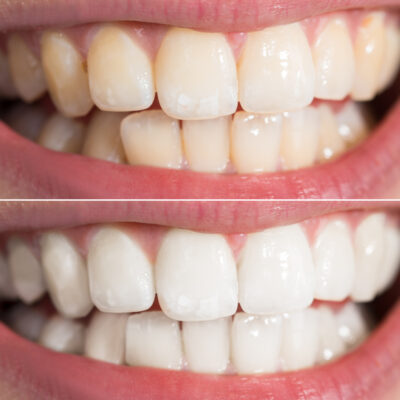
Smells That Cause Migraines
Migraines are severe headaches that can be triggered by a variety of smells and scents In fact, between 20% and 90% of those who suffer from migraine headaches report that they are brought on by smells. By and large, smells are considered to be the second most common of the many migraine triggers. Furthermore, research has revealed that sensitivity to smell is considered a migraine clinical marker in that it can be utilized to distinguish between tension and migraine headaches.
Sensitivity to smell is known as hyperosmia. Approximately 95% of people that live with chronic migraines have smell sensitivity. The most widely-reported smells that triggered migraine headaches are:
1. Food smells
The region in the brain that governs emotion and smell are very closely linked. Therefore, certain smells (such as onions) induce changes in the smell region and, by relation, trigger the emotional section of the brain. Researchers have determined that these types of smells may trigger what is known as the trigeminal nerve which leads to inflammation or for blood vessels to shrink, both which are known causes of migraine headaches.
2. Cleaning products
Most often, cleaning inside the home causes the air to fill with chemical toxins if the environment is not properly ventilated. The gases contained in most common cleaning supplies are known as VOCs or volatile organic compounds. Once VOCs are released, they will trigger a migraine headache. Technically speaking, the chemicals that are contained in most cleaning products will directly irritate the receptors of the trigeminal nerve in the nasal lining. This is the type of irritation to which migraine sufferers are most sensitive.
3. Cigarette smoke
Nicotine is one of the main components of tobacco and is known to trigger constriction in blood vessels. This construction reduces blood flow into the brain as well as the meninges, which is the covering of the brain. A decrease in blood flow leads directly to depressed brain activity, which is known to be one of the main components of migraines. Cigarette smoke itself contains very high levels of carbon monoxide, which is another chemical that, once it enters the blood and brain, is known to trigger migraine headaches in those that suffer from them.
4. Alcohol fumes
The loss of fluid from the body leads to dehydration, which often leads to migraine headaches in those that are prone to them. Therefore, if you are prone to migraines, drinking to excess can certainly trigger an attack. The consumption of alcohol also relaxes the blood vessels in the body, which leads to an increase in blood flow to the brain. Additionally, there are many components of alcohol that are closely associated with migraine headaches. Among these components are sulfites, flavonoid phenols, tyramine, phenylethylamine and histamine, which is most frequently associated with migraines. Histamine that is infused by a vein is a well-known way to bring on a migraine attack. Alcohol also causes the immune system to make more histamines, boosting inflammation throughout the body, which is another well-known cause of migraines.
5. Fragrances
Perfume causes blood vessels to dilate and swell and, in turn, stimulate the brain’s nerve system that is associated with head pain. The nose has a direct connection to the nervous system and bloodstream – in some senses, it acts as a “highway”. This is a powerful connection and the chemical compounds found in perfumes cause the blood vessels in the brain to pulsate which brings on a migraine in those prone to suffering from them.
Finding out your triggers is a hit and miss proposition. Of course, you don’t want to expose yourself to certain smells in an effort to ascertain which odors trigger a migraine headache – that would be foolish. However, there are some apps that people have used to properly identify their migraine triggers. Additionally, you can keep a headache journal where you can write down details such as foods, activities and smells and also record the length of time, intensity and duration of your migraines. This will enable you to track the activities, foods and odors that trigger your migraines and will provide you with the information you need to minimize migraine episodes in the future.


